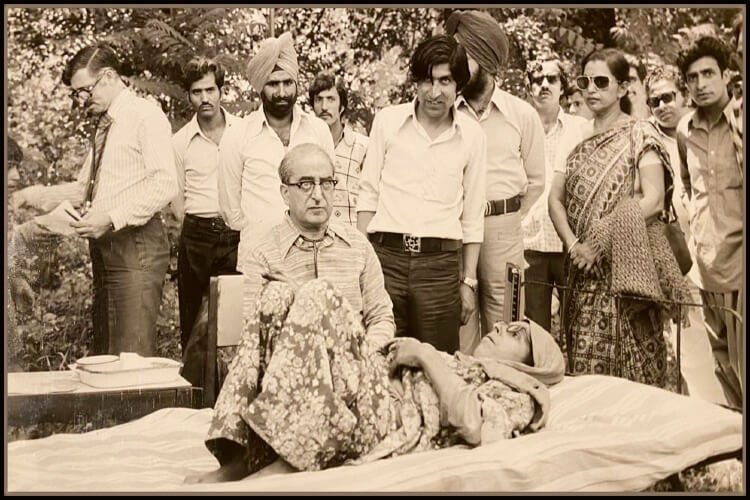History of Health Care in Kashmir Dating Back to 1940
The history of health care in Kashmir has evolved significantly over the decades, reflecting the region’s socio-political changes, economic development, and advancements in medical science. From the early 1940s to the present day, various initiatives, policies, and challenges have shaped the health care landscape in Kashmir. Here’s a chronological overview of the history of health care in Kashmir since the 1940s:
1940s-1950s: Early Developments
- Limited Infrastructure: During the 1940s and 1950s, Kashmir’s health care infrastructure was rudimentary, with limited hospitals, clinics, and trained medical professionals.
- Government Initiatives: The government initiated efforts to improve public health by establishing primary health centers, training local health workers, and launching vaccination programs.
1960s-1970s: Expansion and Modernization
- Healthcare Expansion: The 1960s and 1970s witnessed significant expansion in health care facilities, with the establishment of district hospitals, specialty clinics, and medical colleges.
- Introduction of Modern Medicine: Western medicine and modern medical practices were introduced, gradually replacing traditional healing methods.
- Public Health Campaigns: The government launched public health campaigns to address prevalent diseases, improve sanitation, and promote maternal and child health.
1980s-1990s: Challenges and Conflict
- Conflict and Displacement: The late 1980s and 1990s were marked by political unrest and armed conflict in Kashmir, leading to challenges in delivering health care services due to disrupted infrastructure, limited access to medical facilities, and displacement of populations.
- Focus on Emergency Care: Hospitals and medical facilities increasingly focused on providing emergency care to treat injuries and trauma resulting from the conflict.
- Role of NGOs and International Aid: Non-governmental organizations (NGOs) and international aid agencies played a crucial role in providing humanitarian assistance, medical aid, and health care services during this turbulent period.
2000s-2010s: Revitalization and Modernization
- Healthcare Reforms: In the 2000s and 2010s, the government implemented healthcare reforms aimed at revitalizing the health care system, improving infrastructure, and enhancing the quality of medical services.
- Telemedicine and Technology: The adoption of telemedicine and medical technology increased, enabling remote consultations, diagnostic services, and specialized treatments.
- Focus on Preventive Care: There was a growing emphasis on preventive care, public health education, and community-based initiatives to address prevalent health issues like communicable diseases, maternal mortality, and malnutrition.
- Challenges of Urbanization and Lifestyle Diseases: The rise of urbanization and lifestyle diseases posed new challenges, necessitating the development of comprehensive health care strategies to address non-communicable diseases, mental health, and lifestyle-related health issues.
2020s: Current Trends and Future Outlook
- Pandemic Preparedness: The COVID-19 pandemic highlighted the importance of pandemic preparedness, strengthening health care infrastructure, and ensuring access to quality medical care for all.
- Focus on Universal Health Coverage: There is an increasing focus on achieving universal health coverage, reducing health disparities, and ensuring equitable access to health care services across Kashmir.
- Innovation and Research: The promotion of medical research, innovation, and collaboration with global health organizations is crucial for advancing medical science, improving health outcomes, and addressing emerging health challenges.
Conclusion
The history of health care in Kashmir since the 1940s reflects a journey of development, challenges, resilience, and transformation. While significant progress has been made in improving health care infrastructure, expanding medical services, and addressing prevalent health issues, there are ongoing challenges and opportunities for further development and innovation.
As Kashmir continues to evolve, the future of health care in the region will be shaped by continued investments in infrastructure, technology, education, research, and collaboration with global health partners. By prioritizing health, addressing health disparities, and ensuring access to quality medical care for all, Kashmir can achieve its vision of a healthier, prosperous, and resilient society.


